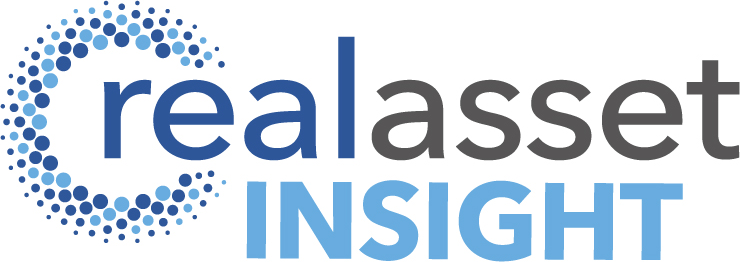Cushman on 2020: private equity could be the leading source of capital for high yield assets next year
Funds have been the main culprit for lower investment volumes in recent years, Cushman says, as their share of high-yield investment dropped from a 10-year average of 54% to 37% in the first half of 2019. This fall leaves private equity volumes at near parity with those of funds for the first time since 2008.
The fall in fund activity and the relative stability of private equity investment will have an influence over what assets will be popular in 2020. If these trends and preferences persist, private equity would be the leading source of capital for high yield assets in 2020 and non-CBD offices would be top of their buying list, predicts Cushman.
By H1 2019, private equity spent 58% of its capital on non-CBD offices, with retail warehouses and shopping centres a distant second and third with around a 12% share each, according to Cushman data. Meanwhile, funds have shown a greater preference for retail, which attracted a 43% share of their investment, versus 39% for offices. Industrial has suffered from a lack of high-yielding stock since investors pushed yields lower.
In the UK, there were just 40 assets offering yields of seven percent and above on the market at the end of August 2019. Over half of this stock were offices and around 20% were retail properties. This supply profile is in line with private equity investors’ preferences but could be a barrier to funds looking for suitable retail assets.
Andrew Phipps, Head of EMEA Research at Cushman & Wakefield, explains:
“Yields will remain near historical lows. Economic growth and investment returns will slow. There will be a lot of capital chasing too few opportunities, and that competition could drive investors into pushing yields lower. For investors in core real estate, this stage of the cycle is the time to reduce risk and accept lower returns. But investors with a higher risk appetite may not want to settle for low income returns. There are properties for sale with higher yields, and there is a peer group of investors willing to buy them. However, any asset with a high yield comes with risks that need to be understood.
“Investors will apply a heavy discount to the value of properties that have tenants with weak credit ratings, short leases and poor building quality. And so, a higher income return compensates for these risks. Buyers of high-risk properties, therefore, must be comfortable with the tenant’s ability to pay the rent over the holding period. The investor may use relatively cheap finance to leverage this income and boost returns, but otherwise the strategy is often basic.
“Other investors will try to improve the asset. The spread between low-risk and high-risk yields is wide and, although there isn’t a magic trick to turn the worst building into the best, actively improving a property in this environment can be profitable.”




